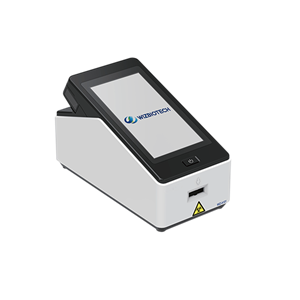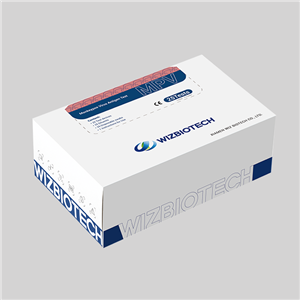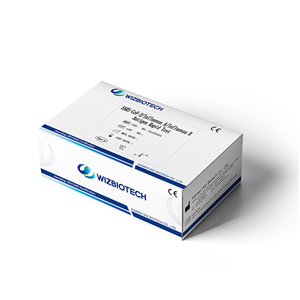How to easily differentiate bacterial infection from viral infection(Part 2)
In the previous section, we learned about indicators CRP, PCT, and HBP. Today, we will continue to learn about indicators that significantly increase bacterial and viral infections of SAA and IL-6.
★ SAA: SAA levels are significantly elevated in both bacterial and viral infections. The levels during the acute phase of bacterial infections are significantly higher than those of viral infections. SAA levels persistently above 100 mg/L strongly indicate acute bacterial infections. SAA, as a new-generation inflammatory infection marker, compensates for the inability of commonly used inflammatory markers to indicate viral infections and has important value in assisting in the diagnosis of viral infections.
According to the Expert Consensus on the Clinical Application of Serum Amyloid A in Infectious Diseases, the combined use of SAA and other infection markers (such as CRP) can be used for early differentiation between viral and bacterial infections:
· When CRP is significantly elevated (> 50 mg/L) and SAA is also significantly elevated (100-500 mg/L), it suggests a higher possibility of bacterial inflammation.
· When CRP is elevated but less than 50 mg/L and SAA is significantly elevated (> 500 mg/L), it suggests viral (severe) infection or bacterial infection.
· When CRP is normal or only mildly increased, and SAA shows an increase (10-100 mg/L), it suggests a viral infection.
★ IL-6: During infection, various cytokines such as viruses, endotoxins, and tumor necrosis factors can induce the production of IL-6 in the body. IL-6 is the main signaling molecule that mediates the acute phase response and induces the production of acute phase response proteins such as CRP, PCT, and SAA.
Similar to SAA, the simultaneous detection of IL-6 and CRP provides strong evidence for the early differentiation of bacterial and viral infections, especially in infants with infectious diseases. Studies have shown that in children with infectious diarrhea, serum levels of PCT, CRP, and IL-6 are significantly higher in bacterial enteritis compared to viral enteritis. There is no significant difference in CRP and IL-6 levels between viral enteritis and the healthy control group. The combined detection of PCT, CRP, and IL-6 is of great clinical significance in identifying the pathogens of pediatric enteritis.
There are also reports in the literature that the combined detection of IL-6, PCT, and CRP can assist in the differentiation of gram-positive and gram-negative bacteria. The elevation of IL-6 levels in gram-negative bacteremia is significantly higher than that in gram-positive bacteremia. Significant elevations in CRP, PCT, and IL-6 suggest gram-negative bacterial infection. If PCT and CRP are high but IL-6 is not significantly elevated, the gram-positive bacterial infection should be considered.
Xiamen Wiz Biotech Co., Ltd. is a high-tech company engaged in the research and development, production and sales of rapid diagnostic reagents and instruments. Focusing on technological innovation, WIZBIOTECH develops POCT testing reagents and instruments and takes advantage of existing channels to expand the medical market, to become a leader in the field of rapid diagnostic POCT. At present, WIZ has a mature immune chromatography technology platform, and more than 120 reagents have been certified in China and abroad, covering SARS CoV-2 solutions, gastrointestinal function, infection, infectious disease, hepatitis, AIDS, and other series of products. In addition, the company has also made significant progress in the layout of chemiluminescence, microfluidic platforms, molecular diagnostics, and other technology platforms, to build competitive barriers and win international competitiveness.




